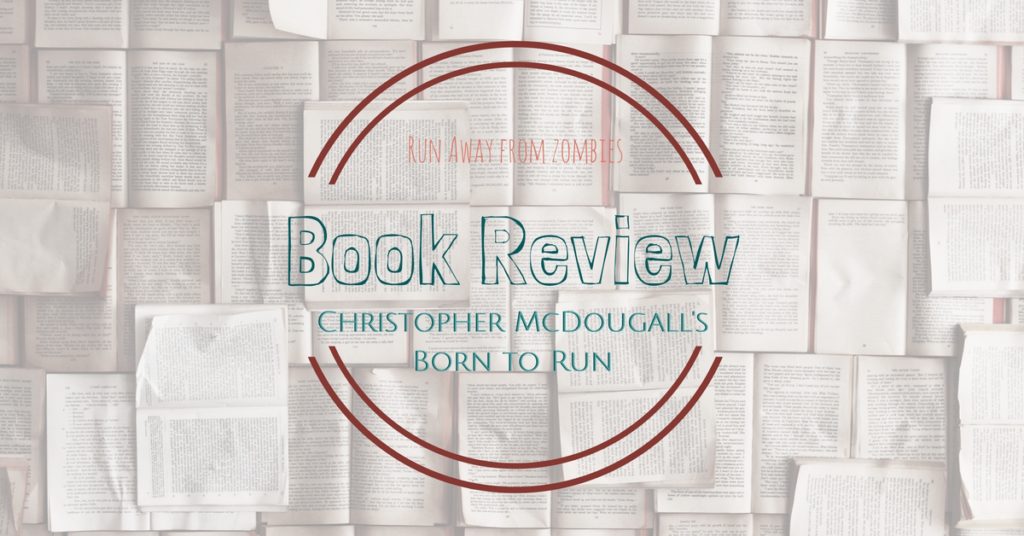In Born to Run, Christopher McDougall describes his experiences with Tarahumara Indians who run hundreds of miles without rest or injury and a small, underground race that tried to pit Tarahumara against the world’s best modern ultra-runners. With an entertaining but odd pace, the book often digresses into running information I never knew that I wanted to know – including running history, persistence hunting (can a human outrun an antelope?), and a scathing dig into Nike. Today I’m sharing a quick Born to Run book review without spoilers.

Born to Run Book Review
Why does my foot hurt?
Christopher McDougall went on an epic adventure into Mexico to meet the Tarahumara Indians, because he had a question.
He wanted to know why his foot hurt.
(I secretly hope that my journey to figure out why my feet hurt is simpler.)
In the beginning of the book, McDougall lists out his extensive (and frightening) list of injuries and then reports,
Take any other sport, and an injury rate like mine would classify me as defective. In running, it makes me normal.
With nagging foot pain, doctors and scientists alike told him that he should stop running, because running was bad for human bodies.
Being an award-winning journalist, McDougall wasn’t ready to just accept that answer. He wanted to know if this was really true. Should people really not run?
As an often injured runner myself, I have often wondered the same thing. I’ve gotten the same advice before. I’ve been asked the same question.
I was eager to read and find out his answers.
Born to Run by Christopher McDougall (affiliate link)
The Tarahamura Indians and Nike
In looking for his answers, he researches and meets modern ultra-runners and even gets some time with the elusive Tarahumara Indians. The Tarahumara Indians live in Mexico’s Copper Canyons running hundreds of miles on the toughest terrain, in the hottest weather, wearing sandals.
If they could run like that without injury, why couldn’t he run a handful of miles a week? What was the difference? And how could we learn and take the best from ancient and modern techniques? The book ends with a possible race between modern ultra-runners (including Scott Jurek) and the Tarahumara. Does ancient or modern win out?
Throughout the book, McDougall shares experiences with scientists, running coaches, and pioneers in long distances. He wonders how we could be making so many advancements in shoes and technology — and not reducing a runner’s injury rate.
In fact, there is a whole chapter on how Nike changed the running world, and maybe not for the best.

Born to Run Book Review
Born to Run definitely reads like a journalist wrote it. Each chapter feels like a digestible article with the overarching story often interrupted by typically interesting asides. Some readers may tire of this format. The book is easy to set down at the end of each chapter.
The author is relateable though, and Born to Run inspired me to look even more holistically at my injuries. It encouraged me to experiment, gain strength, and become a better runner, just like he did.
I love the information and the entertainment in this book. You don’t have to know and love ultra-running to enjoy this book. It is a wonderful read for any runner. This book reminds us of the pleasure we receive from running and confirms that we were born to run.
Born to Run by Christopher McDougall (affiliate link)

Share on social media!






Wow, what a masterpiece. This creation of yours is truly a work of art, showcasing your incredible talent and vision. Every detail is meticulously crafted, revealing the depth of your skill and creativity. It’s the kind of piece that captivates viewers, inviting them to explore its intricacies and marvel at its beauty.